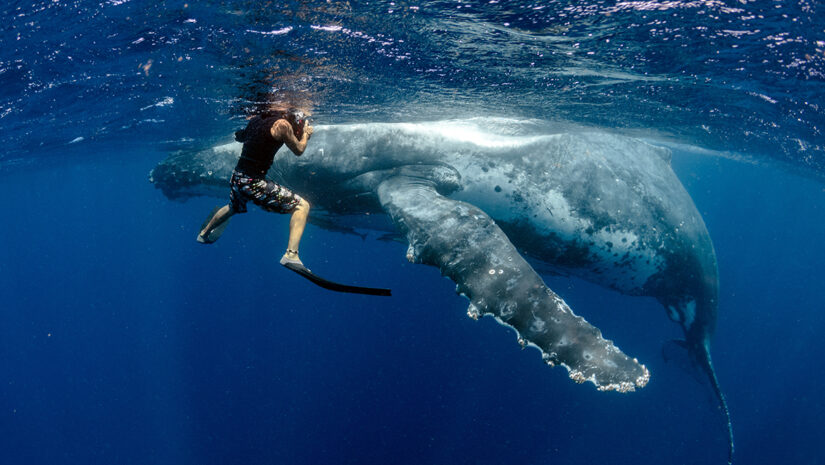Whales inhabit every ocean on earth. The only known enemy of any whale species besides killer whales is mankind. Whaling as a commercial industry began several hundred years ago. Still, it has only been in more modern times that hunting has caused a significant impact on the population of many whale species. This is due to more critical and faster ships and enhanced hunting methods. Although commercial whale hunting is now banned worldwide, the extent to which some species were hunted caused devastating impacts to their populations. Some nearly to the point of extinction.
Blue Whale
The largest mammal on earth, the blue whale, was placed on the protected species list in 1966 by the International Whaling Commission. When it was determined their numbers were not recovering, the World Conservation Union placed them on the endangered species list in 1986. It is estimated that there are only 10,000-25,000 remaining.
Humpback Whale
Yet another whale species that is well-known for its beautiful and haunting sounds is the humpback whale. This whale is migratory and can be found from the North Pacific to more temperate climes off the coast of southern California and Mexico. Before the hunting ban, there were only about 1,500 of these whales. Numbers have slowly increased, and it is estimated that they have recovered to approximately 15,000.
North Atlantic Right Whale
While there are several different right whales, the North Atlantic right whale is the most endangered. There may be as few as 500 of them left in the wild. Their numbers were decimated as they were considered easy to hunt and kill. Plus, they could produce enormous amounts of beneficial oil at the time. These whales slowly mature and only give birth every 3-5 years. Their population’s recovery is extremely slow compared to other whale species.





